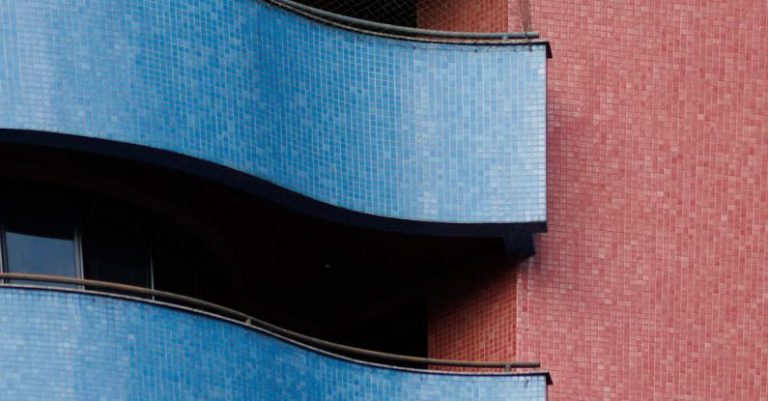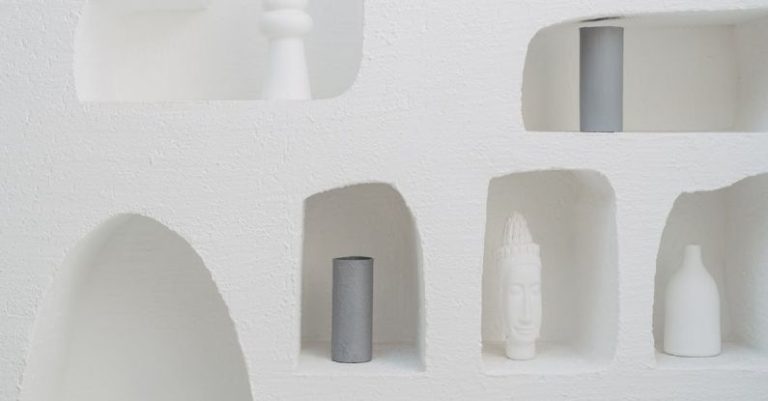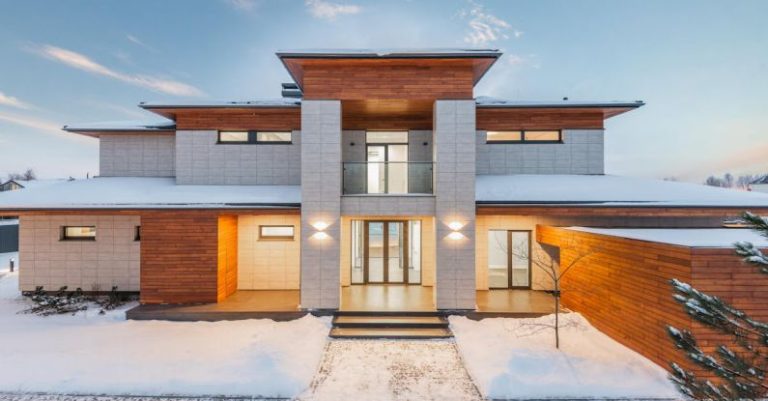The Influence of Composites on Modern Museum Design
Museums have long been regarded as spaces that not only house art and artifacts but also serve as architectural marvels in their own right. In recent years, the design of museums has evolved dramatically, with architects and designers increasingly turning to composite materials to create stunning and innovative structures that push the boundaries of traditional architecture. The use of composites in modern museum design has revolutionized the way these institutions are built, offering a wide range of benefits that have transformed the architectural landscape. From enhancing aesthetics to improving sustainability, composites have had a profound influence on the design and construction of museums around the world.
**Enhancing Aesthetics**
One of the primary reasons why composites have become a popular choice in modern museum design is their ability to enhance aesthetics. Composites are incredibly versatile materials that can be molded into virtually any shape or form, allowing architects to create unique and visually striking structures that would be impossible to achieve with traditional building materials. The use of composites has enabled designers to experiment with bold new architectural styles, pushing the boundaries of what is possible in terms of form and function. From sweeping curves to intricate facades, composites have opened up a world of design possibilities for museum architects, allowing them to create buildings that are not only functional but also works of art in their own right.
**Improving Durability**
In addition to their aesthetic benefits, composites also offer superior durability compared to traditional building materials. Composites are incredibly strong and lightweight, making them ideal for use in structures that require both strength and flexibility. This durability makes composites an excellent choice for museum design, where buildings are often subjected to heavy foot traffic and the wear and tear of time. By using composites in their construction, architects can create museums that are not only visually stunning but also built to last, ensuring that these institutions will continue to inspire and educate future generations for years to come.
**Enhancing Sustainability**
Another key advantage of using composites in modern museum design is their sustainability. Composites are typically made from a combination of materials, including natural fibers and recycled plastics, making them a more environmentally friendly option compared to traditional building materials. By choosing composites for their projects, architects can reduce the environmental impact of their designs and create buildings that are more in tune with the natural world. This focus on sustainability is particularly important in the design of museums, which often house valuable artifacts and works of art that need to be preserved for future generations. By using composites, architects can create buildings that not only protect the treasures within but also the planet as a whole.
**Pushing the Boundaries of Design**
The use of composites in modern museum design has allowed architects and designers to push the boundaries of what is possible in terms of form and function. By incorporating composites into their projects, architects can create buildings that are not only visually striking but also technologically advanced. Composites offer a level of design flexibility that is unmatched by traditional building materials, allowing architects to experiment with new shapes, textures, and finishes to create truly unique structures that stand out in the architectural landscape. From futuristic facades to innovative interior spaces, composites have enabled designers to realize their wildest architectural dreams and create museums that are unlike anything that has come before.
**In Conclusion**
The influence of composites on modern museum design cannot be overstated. From enhancing aesthetics to improving durability and sustainability, composites have transformed the way museums are built and have opened up a world of design possibilities for architects and designers. By incorporating composites into their projects, architects can create buildings that are not only visually stunning but also durable, sustainable, and technologically advanced. As the use of composites continues to grow in the field of architecture, it is clear that these innovative materials will play a key role in shaping the future of museum design for years to come.






